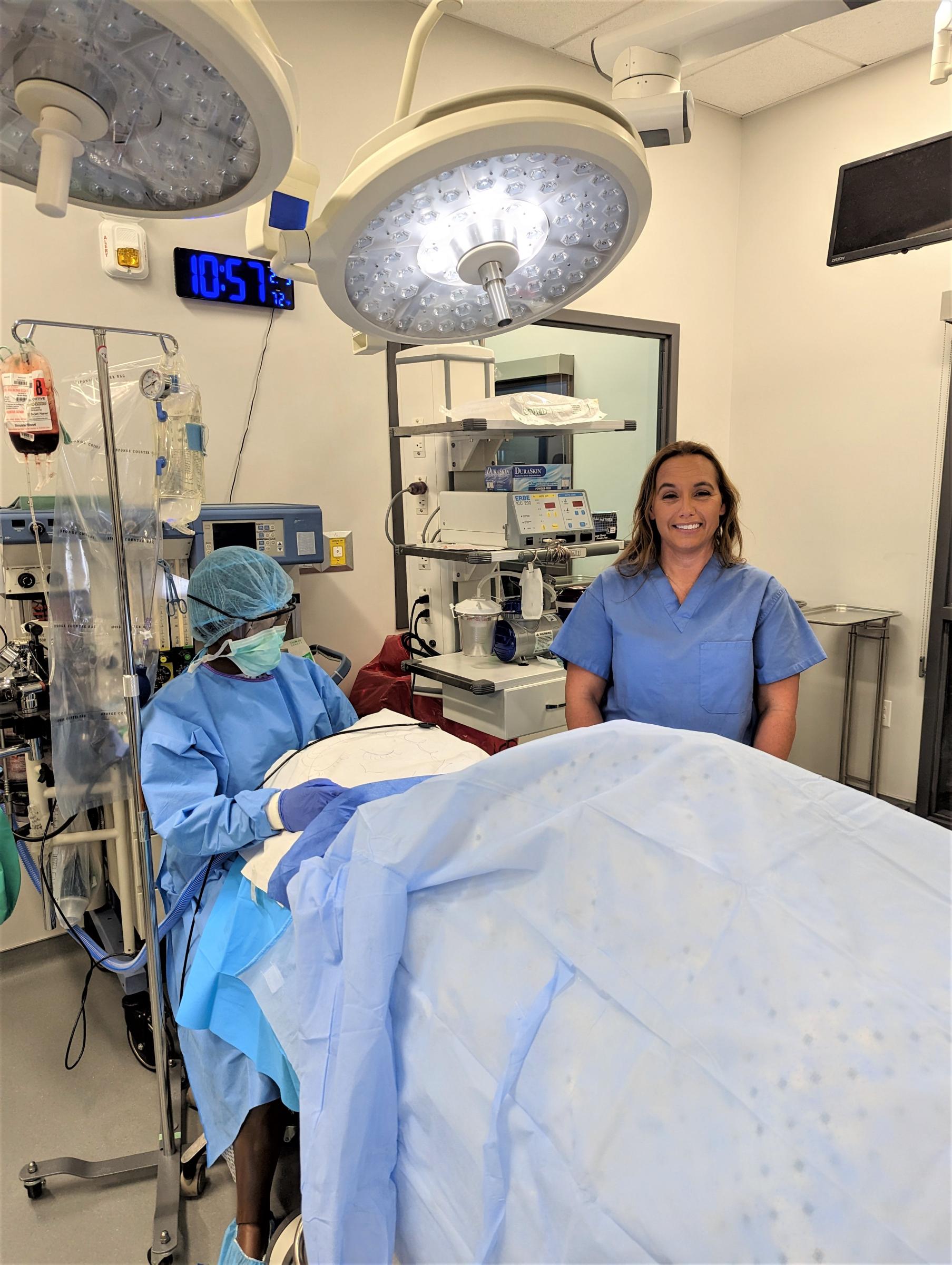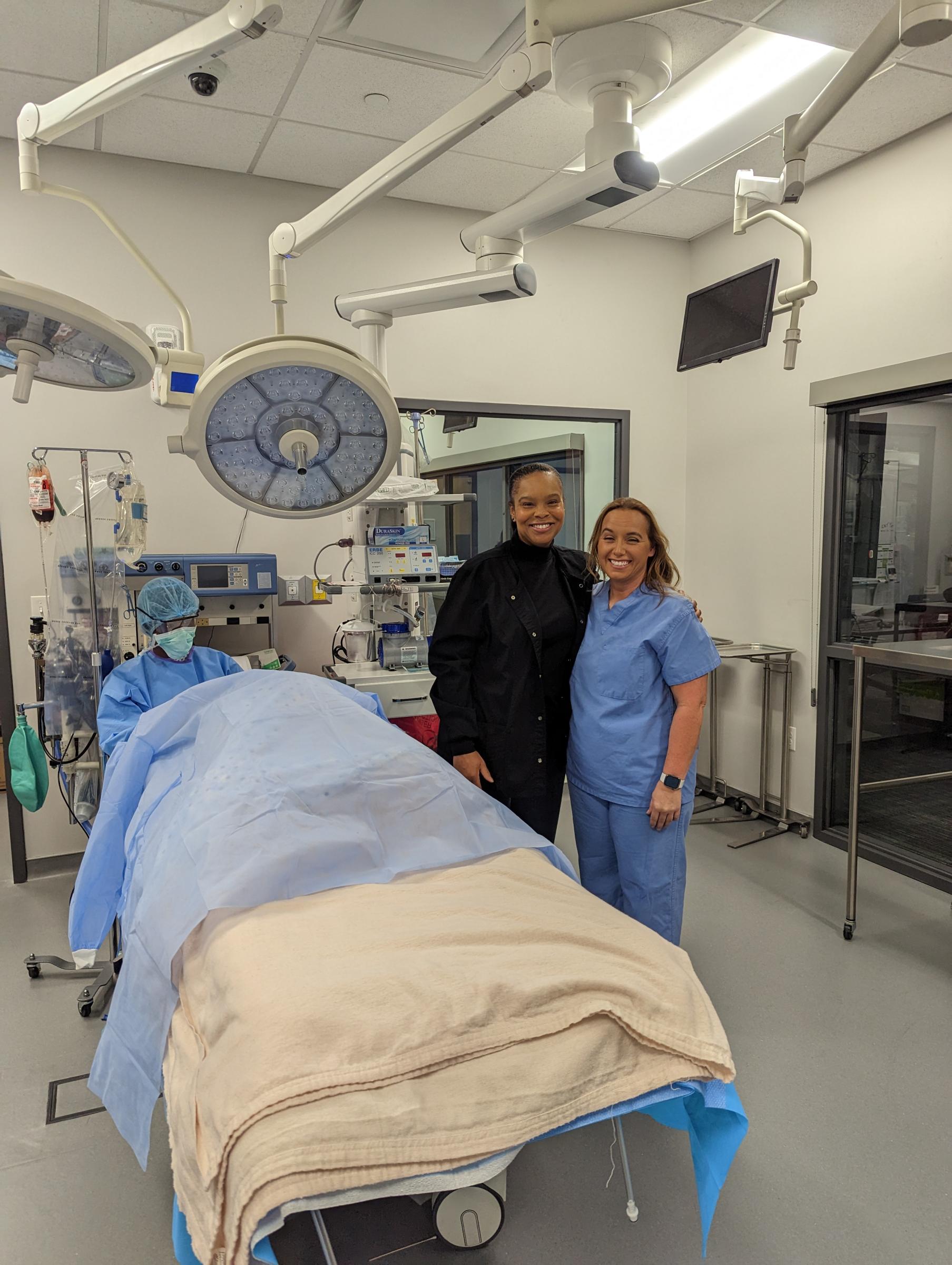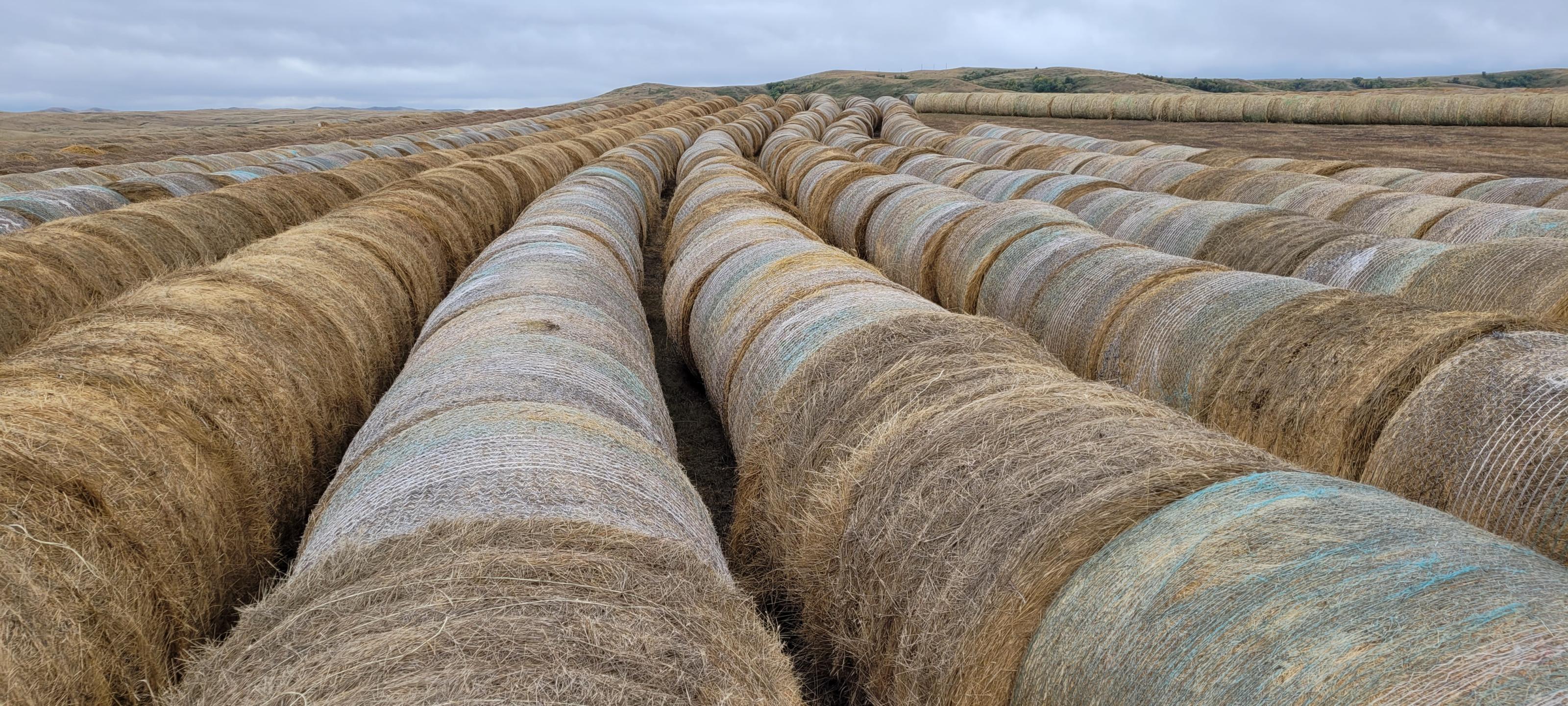Education is frustrating. This past week I took 5th-grade students to Prairie Edge Nature Park to experience …nature. As we sat down on the platform built especially to educate students there was a bee flying around and the hands began to flail.
As an Extension Educator for the Purdue Cooperative Extension Service, I advise people on the treatment of many insect problems. Regularly during the summer, I explain to a concerned person that bees are categorized as either solitary or social. Solitary bees live all around us. They do not livein colonies and consequently, they don’t have the instinct to defend their nest and they rarely sting.
They come in all sizes, and the bigger ones garner the most attention. In August, a monster two-inch wasp called the cicada killer can be found hovering over and burrowing into the sandy ground. Those holes serve as the repository where the female wasp has repeatedly stung and stuffed a single cicada. Here she will carefully place an egg that will hatch into a larva that gradually consumes the paralyzed cicada. A horror movie in real life.
The sheer size of these wasps alarms people and triggers the killer instinct. I assure them that the males cannot sting and the females only do when they are in physical danger. But many are eventually destroyed out of human fear.
The bumble bee is a social wasp. They, like the hornets, yellow jackets, paper wasps and honey bees, will fiercely defend their nest with a stinging frenzy when provoked. Several years ago, my father was stung multiple times while using a farm tractor and mower in a hay field. He was stung enough that he had to seek medical attention. He had disturbed their nest and they were out for revenge.
Most of the time when people get stung, they do not see it coming. It is not just a lazy bee flying around that decides to sting people, they need a reason and it generally involves the social bee's nest. Those students waving their hands and threatening a bee can be a target if it is the right kind of insect. I like to point out the fact that if someone comes up to you and starts waving a hand in your face you may wish to fight back.
Pollinators have become a major buzzword in agriculture. The United States Department of Agriculture has several programs that encourage farmers to plant pollinators. According to them, “More than 3,500 species of native bees help increase crop yields.” This week I will spend time with a Purdue University Graduate student who is studying native bee pollination of tomatoes. This is the type of person who knows the value and respects bees instead of going crazy when one approach.
I believe the bee on the field trip was a carpenter bee. They look like bumble bees but are a solitary species, not social like the bumble bee. In this species, the male will threaten but cannot sting and the female can sting but rarely does.
If you want to pick on another subject that I have graduated way from and that is killing snakes. Unless they are in my house, I will not do that anymore. One of the students told me he killed five water moccasins lately. Water moccasins are also called copper mouths and they are only found in a few Indiana counties down close to the Ohio River. Those poor water snakes were killed out of ignorance as are most snakes slain.
One summer day my South Dakota sister-in-law had us help her pick up small hay bales she put on the ground two weeks prior near her ranch home. As we lifted one of the bales onto the wagon, a distinctive rattle sound could be heard. It seems that under those bales was a cool moist place for their native prairie rattlesnakes. After that, all the bales were tuned over before grasping.
I never did find myself in a confrontation with a rattler. But if I would have, I don’t think I would have been waving my hand in front of his face.







.jpg)








